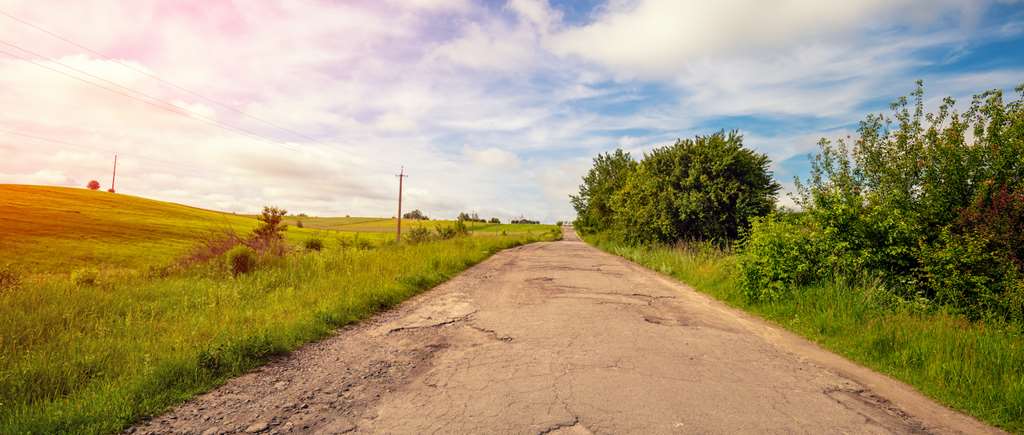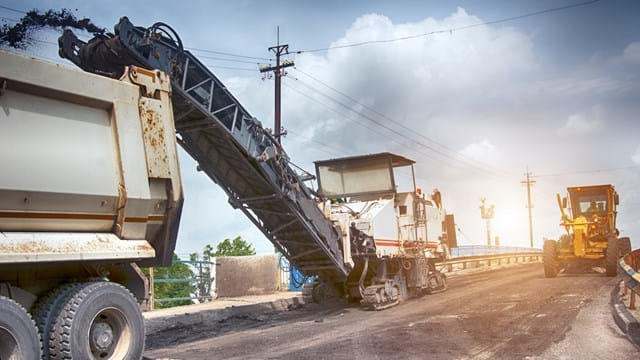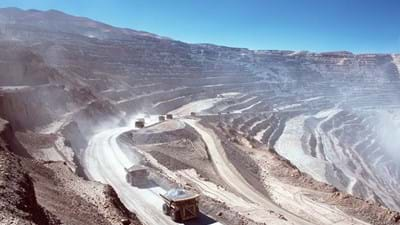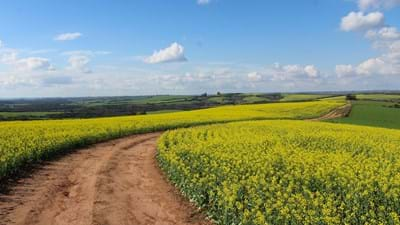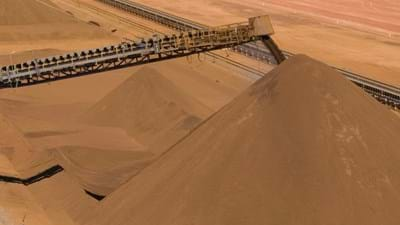6. What binders exist for road stabilisation?
Chemical road stabilisation additives create a strong matrix of the road aggregates. Either the stabilising agent reacts chemically with the road material (e.g., lime additive reacting with clay), or they react on their own forming a cementing compound around the aggregates. The additive should provide sufficient improved strength and impart stability to the road. Too little stabilising agent will not create a strong enough matrix, and the sublayer will deform under stress and strain. Too much stabilising agent may cause a highly rigid matrix forming a brittle sublayer that can induce cracking in the overlaying pavement.
The most important parameter to consider when selecting a road binder is that it suits the soil type. Whether the soil consists of fine-, or coarse-grained particles or has a high content of clay, silicates or organic content are determinants in the selection. In addition, weather conditions and seasonal variations, estimated traffic load, compliance with local laws and regulations and sustainability of the binder all influence the choice of road stabilising agent. Some commonly used stabilising agents are listed below. Each can be used on its own, or in combination with others to treat the road base material. For a more extensive guide on these and other road stabilisation additives, see this guide.
Lime is used primarily to treat fine-grained soils with a plasticity index of 20 or greater. The calcium oxide (CaO) component of the lime reacts with clay particles to reduce plasticity. Lime reacts chemically and hardens in the presence of water. Cementation takes place slowly. Common forms of lime include hydrated high-calcium lime, monohydrated dolomitic lime, calcitic quicklime, dolomitic quicklime and lime kiln dust (LKD), a by-product of lime production.
Cement is similar to lime but contains pozzolanic materials that cause rapid hardening, resulting in a solid, bound, impermeable layer. Fine-grained and sandy soils with a plasticity index below 20 are readily stabilised with cement. Cement should not be used for soils with high organic content or soils that contain sulphates. Cement can create an over-rigid matrix and is not a good choice for roads subjected to seasonal freezing.
Fly ash or coal ash are mineral residues from the combustion of pulverised fuel (usually coal). When fly ash is mixed with lime and water, it creates a pozzolanic reaction and is cementitious. Coarse-grained soils with little to no fines can be stabilised using lime fly ash or lime-cement fly ash. Similar to cement, it works best for soils with a plasticity index below 20 and low organic content.
Bituminous materials such as coal tar, bituminous emulsions, foamed bitumen and cutback bitumen are widely used for road stabilisation. Bituminous stabilisation is not actually a chemical stabilisation as there is no chemical reaction between the binder and the soil. Rather, the strength gain is achieved by coating aggregate particles, both waterproofing the particles and aggregating them by the development of adhesive bonding. Since it does not depend on a reaction with soil particles, bituminous stabilisation works well for almost all types of soils. Ageing and oxidising of bitumen can make it brittle over time.
Lignin based products are biopolymers derived from the lignin that naturally binds cellulose fibres giving trees their stiffness. It forms physical and chemical bonds with itself and with the soil particles, binding the road materials together. Lignin based products can be used for a variety of road materials but are most effective for soils containing up to 30 percent fines and a plasticity index greater than 8. Some studies have shown little to no improvement for soils with a high plasticity index (i.e., greater than 20). They do not work as well for sandy, permeable soils which allow rapid leaching of the product. For soils with high clay contents, the treated soil tends to remain slightly plastic.
Lignin based products are considered a green alternative to bitumen/cement for road stabilisation. Lignosulfonates from Borregaard, manufactured from wood pulp production, are examples of such lignin-based products. Available LCA data shows that lignin-based biopolymer production has lower CO2 emissions and consumption of fossil fuels compared to bitumen and cement. This natural biopolymer has low toxicity towards aquatic and terrestrial species and can, hence, be regarded as an eco-friendly alternative when used for road stabilisation.
Read more about Dustex, a lignin-based biopolymer for sustainable road stabilisation.

